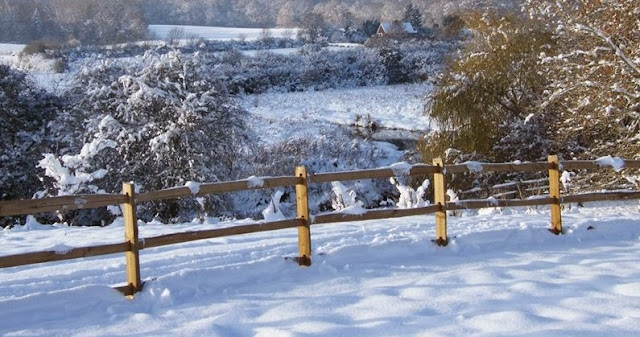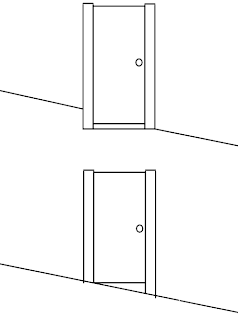Search This Blog
Blogs on Fencing, Gates, Decking, Pergola and Garden information
Posts
Showing posts from 2013
Fences and Snow. Its snow joke if your fence collapses.
- Get link
- X
- Other Apps
Can a Garden Gate be installed on a slope or hill?
- Get link
- X
- Other Apps





